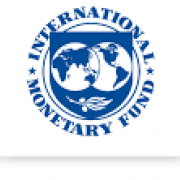This department comprises of two units, the Inspectorate unit and policy unit.
1. Inspectorate Unit
Main Functions:
i. Inspection of MDAs, local governments and missions abroad.
ii. Coordinate annual board of survey in MDAs in consultation with the Physical assets department.
iii. Provision of technical support to, public accounts committee (PAC) and local government public accounts committee (LGAC) of Parliament.
iv. Preparation of treasury memorandum.
v. Advice on changes necessary to streamline financial management in Government.
vi. To continuously review all relevant legislation to ensure timely updates in line with best practice and PFM reforms.
vii. Monitor and review of financial management practices to assess suitability and progress updates.
viii. Provides technical guidance on PFM matters and policy formulation and updates.
ix. Formulate/ update the national standards on financial management and accounting practices.
2. Policy unit
Main Functions
i. To continuously review all relevant legislation to ensure timely updates in line with best practice and PFM reforms.
ii. Monitor and review of financial management practices to assess suitability and progress updates.
iii. Provides technical guidance on PFM matters and policy formulation and updates.
iv. Formulate/Update the national standards on financial management and accounting practices.
v. Updating of government financial management policies.
vi. Coordinate professional development and capacity building under AGO
vii. Coordination of all training undertaken by AGO
viii. Coordinate Accountability Sector Working Group (ASWG) activities.



